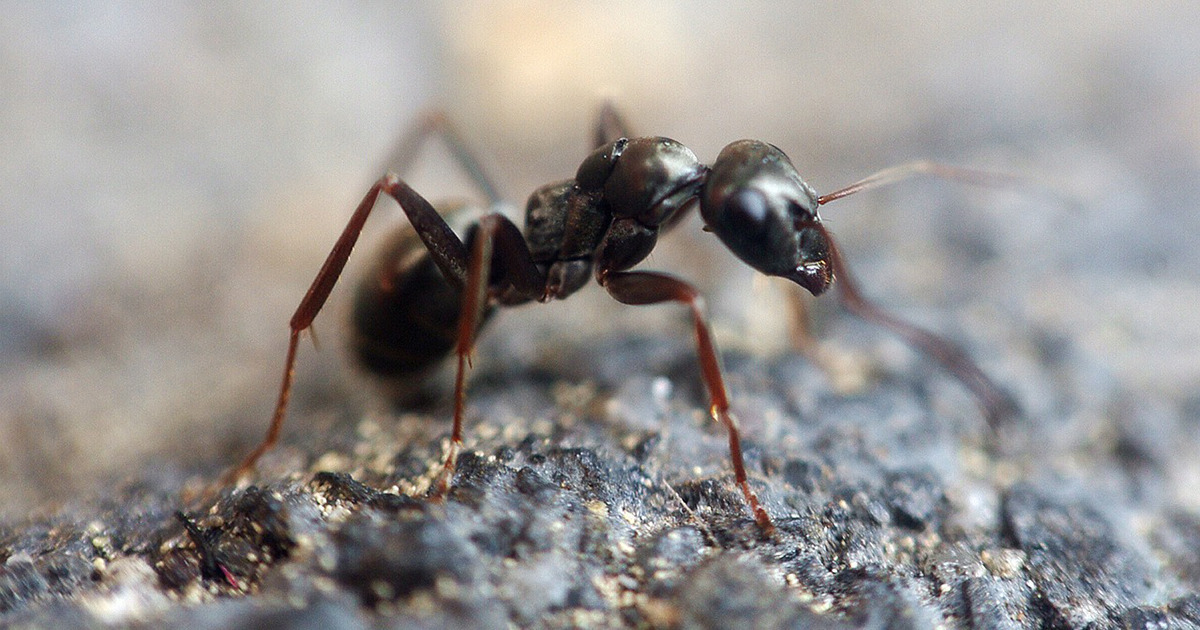Edible Insects And Their Health Benefits
Across the globe, eating insects is seen as commonplace or even a rare delicacy, while in other parts of the world, eating insects is seen as completely distasteful. Knowing which insects can be eaten is valuable knowledge for individuals to have in any survival situation or if they would simply like to be a little adventurous in their eating habits. Regardless of an area's thoughts on eating insects, research clearly indicates certain edible insects can actually be incredibly healthy for individuals to consume, at least on occasion. Get full details on the best edible insects and their amazing health benefits now.
Ants

Various types of ants can be eaten, such as carpenter ants, leaf-cutter ants, lemon ants, and honeypot ants. Each will have its own flavor, however, when an ant feels threatened it will release an acid that gives them a sour or vinegary flavor. Typically, ants are best eaten roasted with salt or lightly seared and eaten like popcorn. To completely expel the vinegary taste of the ants, they are boiled in a shallow pan, but in an emergency situation, they can be eaten raw. Ants are normally eaten at feasts as a celebration food and are also produced by some manufacturers in a chocolate covered form. The health benefits of eating ants can vary slightly based on the type of ant, but they are considered good sources of protein and also help with cholesterol regulation, managing diabetes, and stabilizing blood pressure.
Crickets

Crickets have a long tradition of being a human food eaten all over the world. They are generally sold by the pound and dried in the market, and following this, they are fried or roasted before eating. They are often pan-fried or baked in the oven with a bit of oil and salt. Crickets have the characteristic of taking on the flavor of the food they eat and can take on different tastes depending on where they are produced. If crickets are fed with various grains, corn, and fresh vegetables, they will taste a little bit like sweet corn with a slightly nutty or sunflower seed flavor. Crickets have half the fat and a third more protein than beef. Reportedly, crickets can also improve natural gut bacteria and reduce inflammation in the body.
